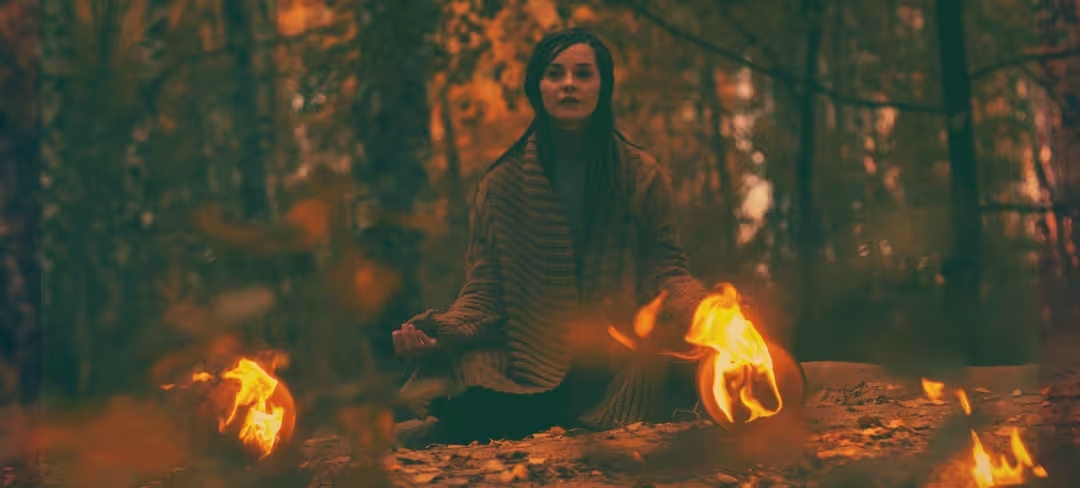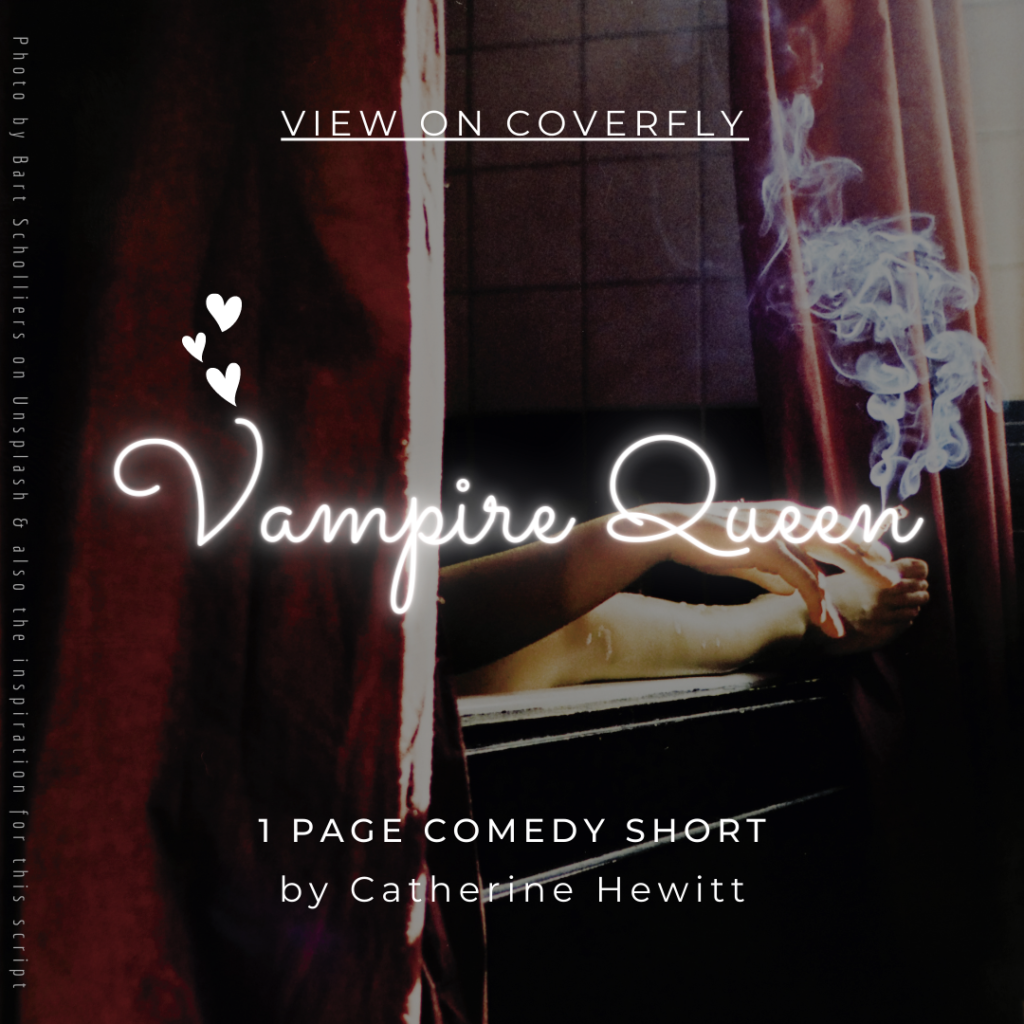Double double, toil and trouble. Fire burn and cauldron bubble. (The Tragedy of Macbeth, Shakespeare) Probably the most famously misquoted witches of all time. The three witches represent the evil in Macbeth, and yet when he enters the scene they claim “something wicked comes”.
I couldn’t help thinking about this as I researched these 5 famous witches. Not all the witches in this post met with grisly repercussions for their skills. But all of their stories hold relevance and should be remembered.
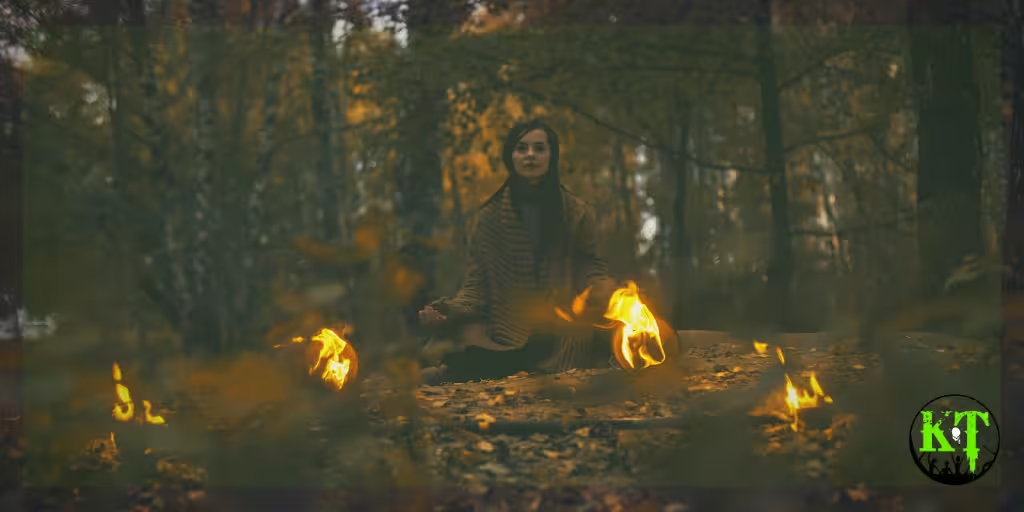
1. The Witch of Endor
King Saul consulted a fascinating figure in the Hebrew Bible, specifically the First Book of Samuel during a time of crisis. He wanted her help to summon the spirit of the prophet Samuel for guidance as he faced a battle against the Philistines. He was desperate for help and disguised himself to visit the witch in secret, despite necromancy and witchcraft being banned in Isreal during his reign.
Endor is a village in ancient Israel, and the mistress of the ʾōḇ in Endor is the witch in question (although it might also refer to a ritual pit meant for summoning the dead).
You can imagine, the witch was not super keen on helping this stranger at her door, asking for dangerous things. The King’s own laws making it unsafe for her to do so, and even admitting that she could do what he asked would have consequences.
“Surely you know what Saul has done. He has cut off the mediums and spiritists from the land. Why have you set a trap for my life to bring about my death?”
–The Witch of Endor, 1 Samuel 28:3-25–
But he promises her safety, and she eventually agrees, summoning the spirit of Samuel as he requested. And as the spirit appears, she realises the man’s true identity.
The Spirit of the Prophet Samuel, fortells King Saul’s defeat and death in the upcoming battle. But not only his death, the death of his sons too.
The Witch of Endor has fascinated and inspired many to paint her, to write her into literary works, including the Canterbury Tales, where she is Pithonesse. And her story continues to contribute to the narrative of witchcraft in Western culture.
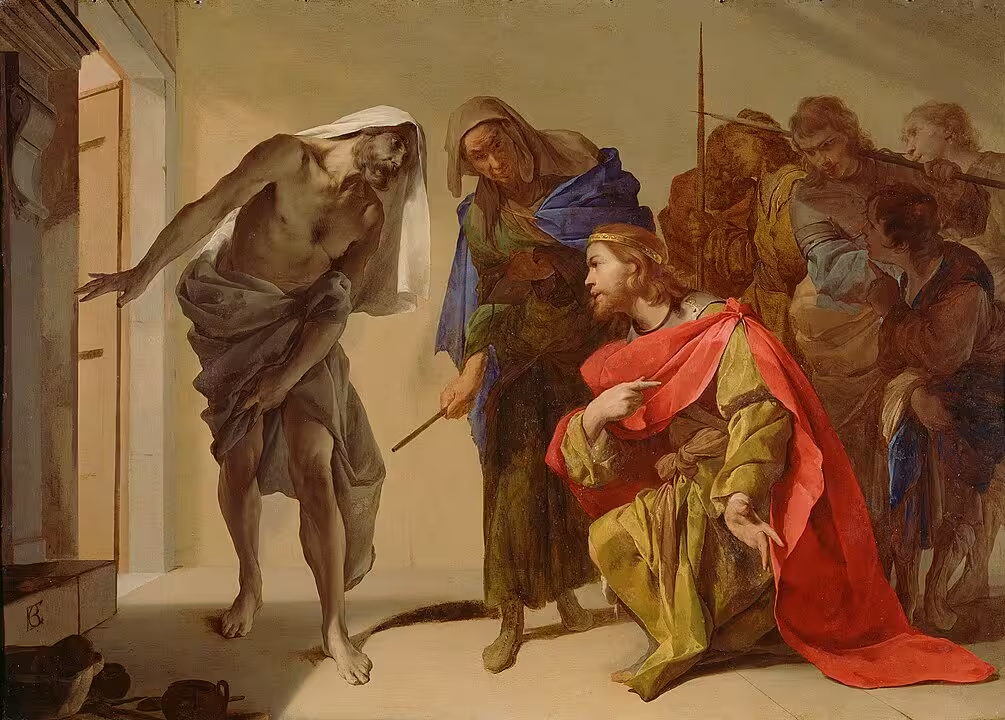
2. Mother Shipton
To those who knew her, she was Ursula Southeil, born in a cave during a violent thunderstorm in Knaresborough, North Yorkshire, in 1488. Her mother, Agatha, raised her and was also said to be a witch.
A witch capable of predicting the future with accuracy, she predicted the Great Fire of London and the defeat of the Spanish Armada. And after she died, they published all the prophecies she made throughout her life together. However, this wasn’t her only skill, she could also brew remedies for your ailments.
Mother Shipton’s story has been part of English folklore for centuries, once again influencing literary works and local legends. And you can visit her birthplace, Mother Shipton’s Cave in Knaresbrough (they’ve even got some fun looking events on for Halloween).

3. Sybil Leek
Another English witch, Sybil Leek, was born on February 22nd, 1917, in Stoke-on-Trent. She claimed to be from a long line of witches and had an interesting life. She got married at 16 to her music teacher, who died just two years later. And for a while she lived with gypsies in the New Forest.
With her numerous books on witchcraft and astrology, which you can still get your hands on today, she gained recognition as a prominent figure in the occult community. Appearing on television and radio as Britain’s most famous witch. Her work helped shape contemporary views on witchcraft and astrology, and her books remain influential.
4. Tituba
Brought from Barbados to Massachusetts, Samuel Parris, the minister of Salem Village enslaved Tituba. And she was the first to be accused of witchcraft during the Salem Witch Trials.
Tituba’s confession of witchcraft, under the influence of the mounting hysteria, sparked a wave of subsequent accusations. The trial was greatly influenced by her detailed and chilling descriptions of witchcraft and the devil. The intersection of race, slavery, and witchcraft in colonial America is highlighted by her story. Influencing various writers, she has appeared in literary and theatrical works, including Arthur Miller’s The Crucible.
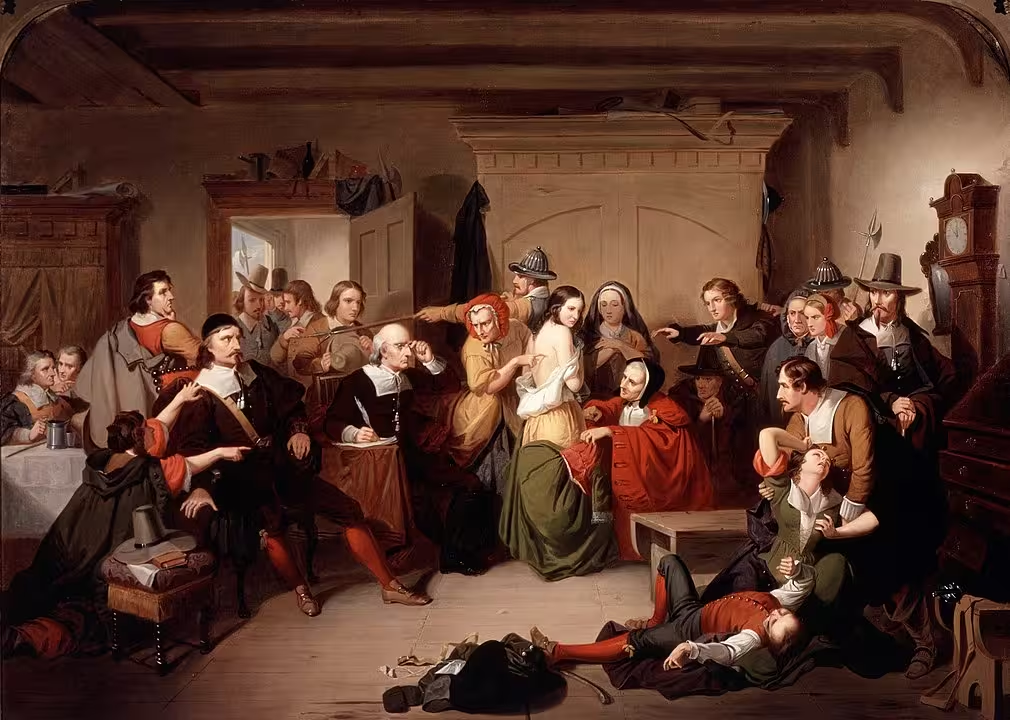
5. Agnes Sampson
The Wise Wife of Keith was a healer and midwife living in Nether Keith, East Lothian, Scotland. But to those who knew her, she was Agnes Sampson. A woman accused of witchcraft during the North Berwick witch trials in 1590. King James VI, who was particularly interested in witchcraft, influenced the witch trials during this time period, writing a treatise entitled witchcraft: Daemonologie -it is said he was terrified of witches and wanted to convince others that witchcraft was real.
Agnes Sampson endured torture until she confessed to multiple charges, including using magic for raising storms to harm the king. Her trial for witchcraft is one of the most well-documented in Scotland. Her story appears in historical accounts and literature about the 16th century persecution of witches.
The Persecution Witches
It was often the persecution of women with skills, who lived in a way that is contrary to society, who become our most famous witches. We note their stories because of the way society treated them, forcing them to undergo torture or enslavement, live outside of the norm, accusing them of actions that would lead to their arrest, but also for their prophecies and their skill.
Oh, how things have changed, you can now choose to be a witch and share that with the world, study herbalism, astronomy, be a midwife, live a quiet life in a cottage in the woods, help the sick and injured, have pockets. But that’s not true in all countries. There are still laws against witchcraft and certain practices. You could face being fined, jailed, or sent to be cured of witchcraft. So, spare a thought for those who just want to practice their craft in peace without being persecuted or famous for it in countries who are still against it.
We study witches in school, watch documentaries and movies, and dress up as them for Halloween. Yes, they can still be scary, but they have inspired so many creators in so many ways that they are simply part of the world we live in. And I couldn’t be happier about it. Blessed be 😉
Horror and Fantasy Author – Also writing as K.T. McQueen. Love Western Horror, cowboy boots, my cactus Collin, & my Demon Cat.
Moths – I hate moths, the way they flutter at your face!
